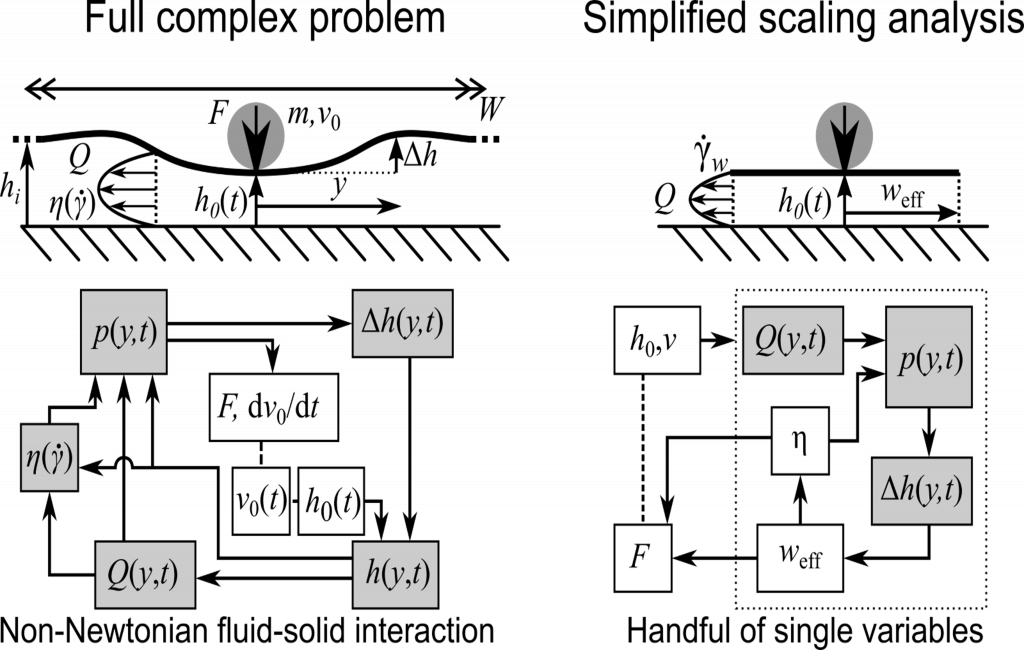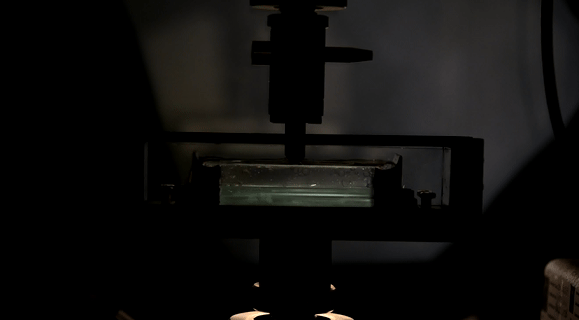How can we help you?
Please get in contact with us to find out more about ECFP and whether we can help you.
Smart materials have properties that can be controlled by external stimuli. There is increasing interest in using non-Newtonian fluids to create smart materials with mechanical properties which respond to the force applied to them. One example is flexible body armour that protects its wearer with a woven fabric infused with a non-Newtonian fluid that will harden on impact. Analogous smart materials like solid-fluid laminates could potentially provide impact protection for devices such as touch screens but researchers have struggled to model the complex interactions between the deforming solid and fluid flows that would inform their design.
Corning Incorporated is a leading innovator in materials science, specialising in glass science, ceramic science, and optical physics. Their cutting-edge glass technologies include toughened, antimicrobial, and flexible glass, and they work with some of the biggest manufacturers to translate these technologies into the latest smartphone and laptop designs.

To design smart materials using a solid-fluid laminate system, researchers need to be able to model the interactions taking place within the system. This represents a significant challenge: the deformation of the solid creates pressure-driven fluid flows, which alter the solid’s deformation, thus creating a feedback loop. A further complication is introduced by the non-Newtonian nature of the fluid as its properties change as the flow evolves over the course of the impact.
ECFP worked with Corning Inc. to devise a simplified scaling analysis (image above) and applied it to a laminate composed of a non-Newtonian fluid sandwiched between a flexible sheet and a rigid base layer. This mimics a typical product which usually comprises a piece of glass on top of an LCD panel, in which both solid layers need to withstand impacts. The theoretical approach was verified with experiments using a bespoke impact apparatus (shown below), with an indenter driven by a universal testing machine and force visualisation provided by a photoelastic substrate.
The team found that unlike flexible body armour, a laminate with a fluid that thins upon impact delivers optimal protection for solid-fluid laminates. This provides a new approach for designing and analysing smart solid-fluid composites with a simplified coupling between the parts.

Please get in contact with us to find out more about ECFP and whether we can help you.
ECFP delivers fundamental product insight enabling improved formulation and processing for a more sustainable future.